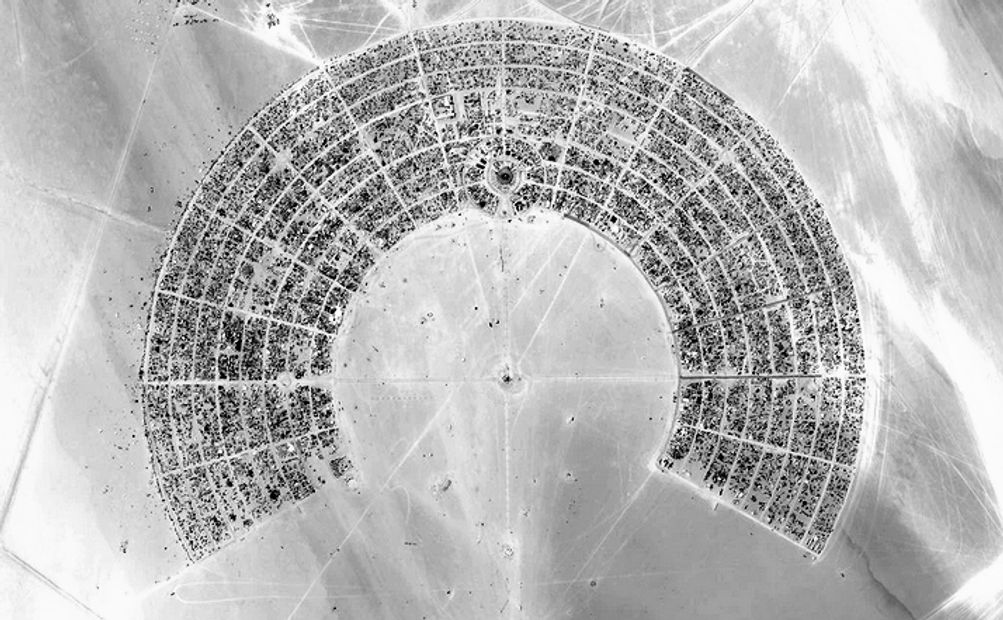Circular Cities 2030
Signed in as:
filler@godaddy.com
Circular Cities 2030
Signed in as:
filler@godaddy.com
Georgetown Science Fair
DaysDays
HrsHours
MinsMinutes
SecsSeconds

Co-Creating the Greatest Expo in History:
With Riyadh's winning bid as the host city for EXPO 2030 it presents an unparalleled opportunity for Saudi Arabia to demonstrate to the global community how circularity and sustainable urban development, and localized renewable energy installations in the built environment offers the core solutions for climate change adaptation and mitigation measure on a city scale.

Expo 2030 Riyadh Site Map—1,969' (600m) Elevation

First conceived in 1989 on San Francisco's Baker Beach, that first burn of the burning man effigy sparked a cultural revolution in the hearts and minds of artists & engineers whom have carried the creative torch ever since.
In the yearly co-creation, The Burning Man Project comes to life as one of the marvels of the modern age with the creation of Black Rock City—the worlds largest "leave-no-trace" city-wide event.
In response to the 2018 IPCC Report on Climate Change calling on 2020-2030 as the decade for action, in 2019 The Burning Man Project got together to devise a plan towards taking leave-no-trace to the next level—Burning Man Project: 2030 Environmental Sustainability Roadmap
Below is an outline of Burning Man's 10-year "race-to-zero" timeline:
There are no silver bullets or quick fixes when it comes to creating a more sustainable workplace / playa playground. This transition could take years. We have outlined three phases to help guide us on this journey:


Circular Seattle is an art and industry initiative geared for the 21st century.
Exploring at the intersection of art and industry, Circular Seattle seeks to understand new ways of thinking and working that prioritize environmental stewardship, social equity, and economic prosperity. Circular Seattle recognizes that achieving resiliency in the 21st century requires a collective effort and cross-sector partnerships.
By collaborating with the creative vision of artists and the technical expertise of the industrial sector, this initiative promotes transformative change on an industrial level.

Earth Islands are Living Labs:
Microcosms of the Macrocosm.
Circular Aloha envisions Hawaiʻi as a Circular City—or more accurately, a network of circular communities—where material flows, energy systems, food networks, and cultural practices operate in balance with island ecosystems. As a circular city model, Circular Aloha adapts global circular economy principles to an island context defined by finite resources, deep cultural stewardship, and heightened climate vulnerability.
coming soon

Circular City Week is an open collaborative festival for circular economy related events.
For the third time, Circular City Week takes place in New York, and will be back 22-28 March 2021. Activities during Circular City Week will emphasize how circular practices such as reuse, recycling, and upcycling are transforming urban industries and the city as a whole.
The New York Circular City Initiative

EU product policies contributing to Circular Economy
The analysis served to, assess what extent EU policy tools addressing products are supporting circular, sustainable products. There are many policy tools covering all the different products on the EU market, and these tools together provide a great contribution to sustainability.
They protect the environment and human health, make products more energy and resource efficient and empower consumers to choose better products. The analysis found there is potential for further strengthening the policies, especially as concerns the circular design of products such as textiles and furniture. Also, more could be done to support consumers and circular sectors such as reuse and repair.
To be continued:

European Circular Cities Declaration
Designed to help accelerate the transition from a linear to a circular economy in Europe,
Tirana (Albania); Ghent, Leuven and Mechelen (Belgium); Prague (Czechia); Copenhagen, Høje-Taastrup and Roskilde (Denmark); Helsinki, Lappeenranta, Oulu, Tampere and Turku (Finland); Grenoble (France); Freiburg im Breisgau (Germany); Budapest (Hungary); Florence and Prato (Italy); Wiltz (Luxembourg); Guimarães (Portugal); Bergen and Oslo (Norway); Ljubljana and Maribor (Slovenia); Seville (Spain), and Eskilstuna, Malmö and Umeå (Sweden).

Amsterdam Circular Strategy 2020-2025
The strategy aims to significantly reduce the use of new raw materials, thus contributing to a sustainable city. ... The aim is to halve the use of new raw materials by 2030 and to achieve a fully circular city by 2050.
DEVELOPING A ROADMAP FOR THE FIRST CIRCULAR CITY: AMSTERDAM
C40 Cities